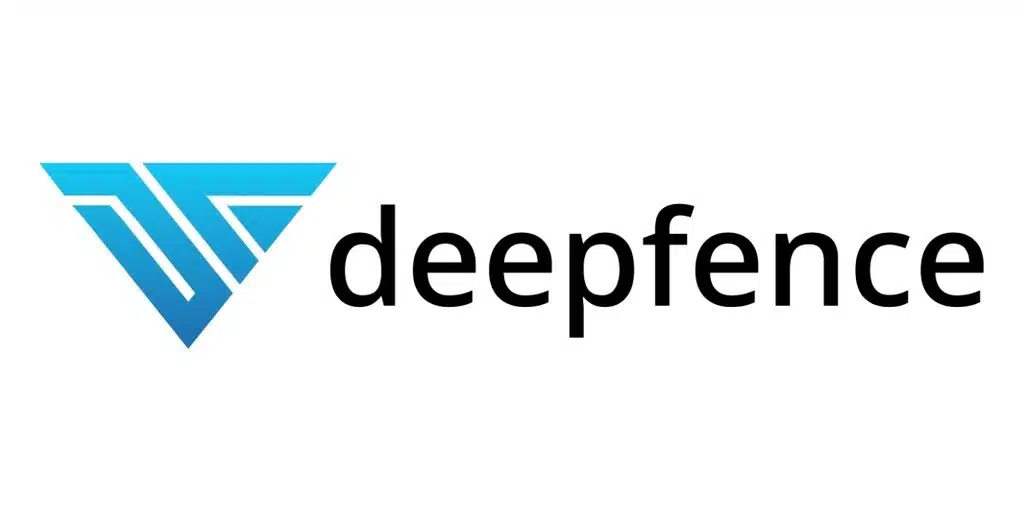What are DAST Tools?
Dynamic application security testing (DAST) tools provide automated security testing for various real-world threat scenarios. You can use DAST tools to identify security vulnerabilities in running applications, and remediate them so external threat actors cannot exploit them.
Unlike white-box testing, which involves getting access to the source code, DAST takes a black-box approach, emulating an external attacker. DAST tools interact with web applications and APIs and identify which vulnerabilities can actually be exploited by attackers. They can then provide actionable insights to developers to help them remediate those vulnerabilities.
In this article:
Why Do You Need DAST Software?
DAST software can help you identify security weaknesses and fix them, ideally before attackers can exploit them to hack your application. Here are several threats you can identify using DAST tools:
- SQL injection (SQLi)—a web-based attack that enables threat actors to gain access and control over a web application database. Threat actors achieve this by inserting arbitrary SQL code into a database query.
- Cross-site scripting (XSS)—this vulnerability enables threat actors to inject malicious code into a web application. Once they’re in, threat actors can steal session cookies, user credentials, or other sensitive information.
- eCommerce attacks—threat actors look for vulnerabilities in eCommerce platforms and content management systems (CMS) that provide easy targets. They try to stay in for a long time to reach as many targets as possible.
Successful attacks on web applications can result in information theft, especially when the breach goes undetected. Threat actors can exploit web application vulnerabilities to gain unauthorized access to personally identifiable information (PII) and credit card information.
DAST tools provide visibility into potential weaknesses and application behaviors that threat actors can exploit. These tools aim to provide you with this information before threat actors can discover and capitalize on these vulnerabilities.
Related content: Read our guide to DAST vs SAST
6 DAST Solutions and Tools
Bright Security

Bright Security tests every aspect of your apps. It enables you to scan any target, including web applications, internal applications, APIs (REST/SOAP/GraphQL), and server side mobile applications. It seamlessly integrates with the tools and workflows you already use, automatically triggering scans on every commit, pull request or build with unit testing. Scans are blazing fast, enabling Bright to work in a high velocity development environment.
Instead of just crawling applications and guessing, Bright interacts intelligently with applications and APIs. Our AI-powered engine understands application architecture and generates sophisticated and targeted attacks. By first verifying and exploiting the findings, we make sure we don’t report any false positives.
Related content: Read our guide to iast vs dast.
Key features include:
- Seamlessly integrates with existing tools and workflows—works with your existing CI/CD pipelines. Trigger scans on every commit, pull request or build with unit testing.
- Spin-up, configure and control scans with code—one file, one command, one scan with no need for UI-based configuration.
- Super-fast scans—interacts with applications and APIs, instead of just crawling them and guessing. Scans are made faster by an AI-powered engine that can understand application architecture and generate sophisticated and targeted attacks.
- No false positives—uses AI analysis and fuzz testing to avoid returning false positives, so developers and testers can focus on releasing code.
Get a free plan and try Bright Security today!
ZED Attack Proxy (ZAP)

License: Apache 2.0
GitHub Repo: https://github.com/zaproxy/zaproxy
OWASP ZAP (Zed Attack Proxy) is an open source web application security scanner. It is suitable both for experienced penetration testers and developers and QA testers who do not have security expertise.
ZAP is now the most active project maintained by OWASP, with thousands of individual contributors. It is available in 29 languages on Linux, Windows, and Mac. It also acts as a proxy server to handle HTTP/S requests, and includes a daemon mode that can be controlled using a REST API.
Key features include:
- Automated passive scanning
- HTTP/S proxy server
- Port identification
- Directory searching
- Brute force attack
- Web crawler
- Fuzz testing
Nikto

License: GPL 2.0
GitHub Repo: https://github.com/sullo/nikto
Nikto is an open source web server scanner that can check for:
- Currently installed web server software
- 6700 potentially dangerous files on a web server
- Old versions of 1250 server packages
- Version-specific issues on 270 server packages
- Misconfigurations such as multiple index files, content delivered over HTTP
The project is actively maintained with new scan items and plug-ins updated regularly. A downside is that this tool is not stealthy and scans might be blocked by IPS/IDS systems. For a more realistic test, you can try combining this tool with LibWhisker to circumvent IDS.
GoLismero

License: GPL 2.0
GitHub Repo: https://github.com/golismero/golismero
GoLismero is an open source framework for security testing focused on web security. Key features include:
- Works on any platform, tested on Windows, Linux, *BSD, Apple OS X.
- Written in pure Python with no library dependencies.
- High performance compared to similar frameworks.
- Easy to learn, use, and develop custom plugins.
- Integrates and collects results from other popular tools like sqlmap, XSSer, OpenVAS.
- Enables scans for vulnerabilities according to CWE, CVE, and OWASP definitions.
Nuclei

License: MIT
GitHub Repo: https://github.com/projectdiscovery/nuclei
Nuclei provides security scanning for web protocols such as TCP, DNS, HTTP, SSL, File, Whois, and Websocket. It uses a flexible templating engine that lets it conduct a variety of security checks. Because the tool sends requests based on templates, it can enable fast scans across many hosts with no false positives.
Nuclei has a repository of vulnerability templates contributed by over 300 security researchers. These include:
- 1114 templates for specific CVEs
- 454 templates for LFI vulnerabilities
- 351 templates for XSS vulnerabilities
- 281 templates for RCE vulnerabilities
- 246 templates for testing vulnerable WordPress plugins
See a full list of templates here.
Deepfence ThreatMapper

License: Apache 2.0
GitHub Repo: https://github.com/deepfence/ThreatMapper
ThreatMapper automatically detects, identifies, and queries cloud-based infrastructure. It works with compute instances in public clouds, Kubernetes nodes, and serverless resources, helping to discover cloud native applications and containers and map their topology in real time. The tool can help discover and visualize attack surfaces in cloud native workloads.
Key features include:
- Scanning build artifacts for vulnerabilities during builds and integrating with CI/CD pipelines.
- Prioritization of vulnerabilities based on CVSS scores
- Scanning container registries for vulnerable containers before deployment.
- Scanning production environments for host, container, and application vulnerabilities.
- Discovering production applications, including complex microservices applications, and mapping their topology.
- Continuous scanning of production systems to identify new vulnerabilities.
- Scanning hosts and containers and recommending how to harden configuration.
- Capture and archive network traffic, including TLS decryption.
Conclusion
While there are many solutions out there, Bright Security is at the forefront of DAST technology. We have raised a $20 million funding round to continue pioneering the field, helping secure apps and APIs, without slowing down software development processes.
Learn more about Bright Security—the state of the art in DAST technology




